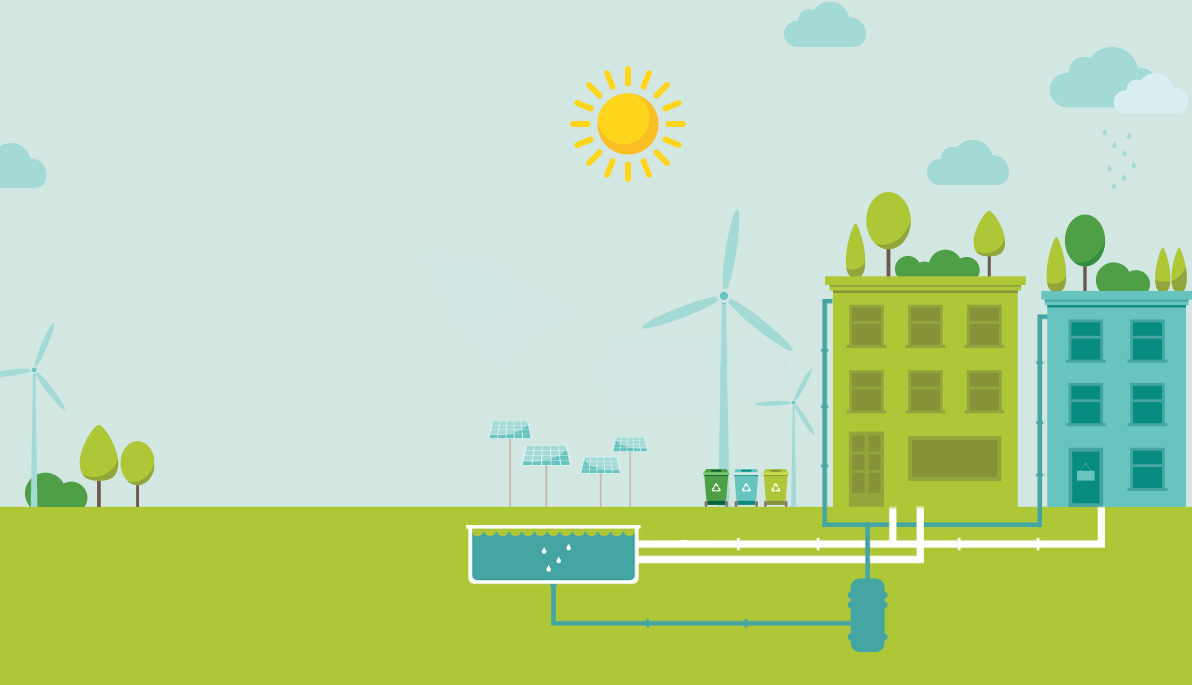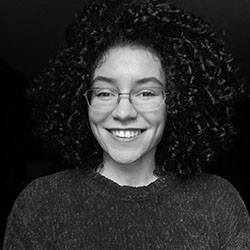News
2022 Energy Conference: Climate Adaptation and Resilience
June 15, 2022
At the 2022 New York Tech Energy Conference, Climate Adaptation and Resilience, held on June 8, New York Tech faculty, alumni, and industry experts explored strategies for adapting to climate change and talked about how communities can increase their sustainability and resilience.
“The effects of climate change are already here,” said Robert N. Amundsen, Ph.D., associate professor and chair of energy management and chair of the conference. “We must simultaneously adapt to its serious consequences and work together to minimize future damage to our environment.”
In opening remarks, Babak D. Beheshti, Ph.D., dean of the College of Engineering and Computing Sciences, set the stage for the conference. “Countries, companies and consumers worldwide have increasingly been seeking ways to actively combat climate change. We must work together to solve our climate problems,” he said.
Andrew Robinson, chief administrative officer for the Nisga’a nation in the village of Laxgalts’ap in northwestern British Columbia, Canada, offered an Indigenous perspective. He suggested establishing local laws and zoning to prohibit unsustainable actions in high-risk zones, such as areas susceptible to flooding, by providing assistance for residents to relocate from waterways.
The effects of climate change can be felt beyond physical spaces as Emily Sbiroli, M.D., emergency medicine physician and national physician fellow in climate and health at the University of Colorado, discussed in her remarks. According to the Intergovernmental Panel on Climate Change, between 2010 and 2019, average annual greenhouse gas emissions were at the highest levels in human history, resulting in extreme temperatures, and this, she said puts the elderly, pregnant women, children, people with chronic conditions, and the socially isolated (homeless) at a higher risk for serious illness or even death. The effects of climate change increase the risk of many pre-existing conditions such as diabetes and asthma.
Despite the seemingly grim reality of the climate crisis and its effect on our health, there are many healthcare professionals working to enact change. Within the healthcare sector, Practice Greenhealth serves as a great resource for those who are interested in “going green” in clinical practices. The transition to telehealth is an example of the sustainable adaptations healthcare can make to reduce its carbon footprint.
Turning the focus back on physical spaces, Thomas Lanzilotta, CEM, CEA (M.S. ’10), assistant director of energy management and sustainability at Stony Brook University, discussed methods of making workplaces more energy efficient. He talked about what he is doing in his current role to achieve that at the school. Lanzilotta is responsible for a utility budget of more than $50 million per year covering over 200 buildings, totaling 12 million square feet, and has achieved cost savings of more than $10 million per year.
Robert Cody, AIA, NCARB, LEED AP (B.Arch. ’94), teaching associate professor in the School of Architecture and Design, discussed urban adaptation through green density zoning, a New York City policy that advocates for developers to incorporate outdoor green spaces within new buildings from the start, in exchange for height bonuses, increased floor area ratios, and, if applicable, an ability to surpass established zoning boundaries. Considering that 70 percent of the world’s population will reside in cities by 2050, he stressed the importance of including sponge cities, vertical forests, open spaces, smarter commuting (walking, biking, etc.), and green infrastructure in urban planning. Such provisions would increase housing opportunities, reduce heat islands, improve stormwater management, and benefit human health.
Remi Charron, Ph.D., associate professor of energy management, and Stefan Storey, Ph.D., assistant professor of energy management, discussed the vulnerability of buildings and infrastructure. Since historic weather trends are no longer reliable for prediction, older buildings were not designed for the current climate. They suggested vulnerability gaps must be identified to create buildings that are more resilient during extreme weather events.
Patricia Keen, Ph.D., associate professor of energy management, spoke about adaptability and ecosystem recovery. She talked about extreme weather events and raising awareness through education. Keen also noted disturbing climate trends we are recognizing in the environment, such as the loss of biodiversity (variety of species). She stressed the importance of resilience, adaptability and mitigation measures. For example, a United Nations Development Programme project in the Seychelles restored damaged wetlands in order to reduce flood vulnerability, store excess rainfall, and protect critical habitats for wildlife.
Learn more about the conference.





